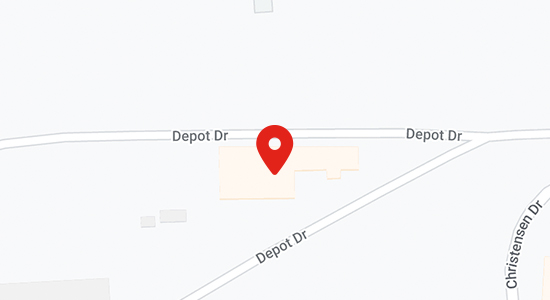for You
Statute of Limitations Personal Injury

When an individual suffers an injury due to another person’s fault, they may be eligible to file a lawsuit and seek compensation for damages they have suffered. However, a claim has to be filed within a reasonable period of time called the statute of limitations.
The goal of the statute of limitations is for meritorious lawsuits to be filed while the memories of the accident that has occurred haven’t been clouded by time and the evidence of everything that happened is still fresh.
If you are injured in Alaska, the ideal way to move forward is to reach out to the best personal injury lawyer you can find to ensure the best chance of being compensated for your damages. If you fail to bring your case to court within the set time frame, you probably won’t be able to file a lawsuit at all unless your case falls within one of the exceptions.






